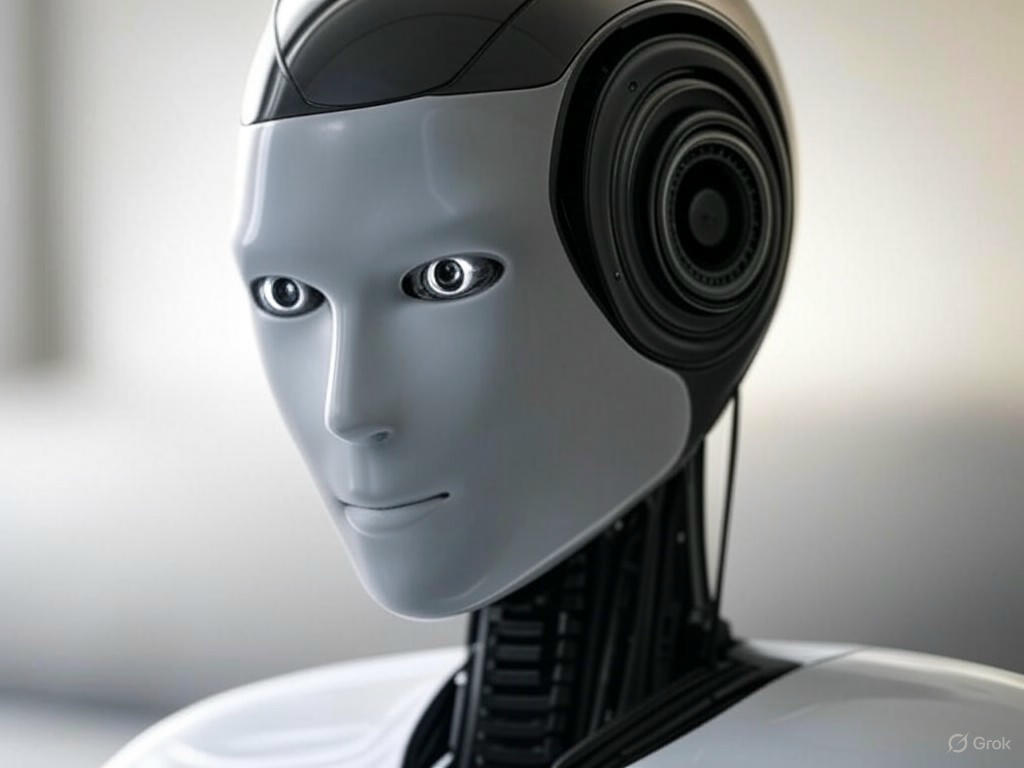Tesla, the trailblazing electric vehicle giant, is navigating a significant transition as the leader of its ambitious Optimus humanoid robot project steps down. After nearly a decade with the company, Milan Kovac, the visionary behind the futuristic robot initiative, has announced his departure. This move comes at a pivotal moment for Tesla, as it pushes the boundaries of innovation with a product it claims could be worth a staggering $25 trillion in the future. Kovac’s exit raises questions about the trajectory of Optimus, a project that has captured the imagination of tech enthusiasts and investors alike.
The Optimus robot, often hailed as a cornerstone of Tesla’s long-term strategy, aims to revolutionize industries by performing tasks ranging from household chores to complex industrial operations. Unveiled as a concept in recent years, the humanoid robot represents Tesla’s bold leap into artificial intelligence and robotics, extending far beyond its roots in automotive manufacturing. Under Kovac’s leadership, the project made notable strides, with prototypes demonstrating basic movements and functionalities at Tesla’s public events. However, challenges such as scalability, cost, and real-world application have persisted, leaving much of the project’s potential untapped. Kovac’s departure adds a layer of uncertainty to an already intricate endeavor, as the company must now find a successor capable of steering this high-stakes vision forward.
Tesla’s CEO, Elon Musk, has repeatedly emphasized the transformative potential of Optimus, projecting that humanoid robots could one day outnumber humans and redefine the global economy. Musk’s optimism about the project’s value—potentially reaching trillions—has fueled investor interest, even as skeptics question the feasibility of such ambitious timelines. With Kovac no longer at the helm, industry analysts are keenly observing how Tesla will maintain momentum. Will a new leader bring fresh perspectives to overcome existing hurdles, or will the project face delays as the company recalibrates its approach? Some speculate that Tesla may look internally for a replacement, leveraging its deep pool of engineering talent, while others believe an external hire could inject new energy into the program.
Beyond the immediate implications for Optimus, Kovac’s exit underscores broader challenges in the tech industry, where retaining top talent amid fierce competition is increasingly difficult. Tesla has faced similar leadership turnovers in other divisions, yet its innovative spirit often propels it through such transitions. As the company continues to balance its core automotive business with moonshot projects like Optimus, the stakes remain high. Investors and stakeholders are watching closely, eager to see if Tesla can sustain its reputation as a pioneer in cutting-edge technology.
For now, the future of Optimus hangs in a delicate balance. While Kovac’s contributions have laid a strong foundation, his departure marks a new chapter for Tesla’s robotic ambitions. As the search for a new leader begins, the world waits to see whether Tesla can turn its audacious dreams into reality, proving once again that it is more than just a car company—it’s a harbinger of the future.
